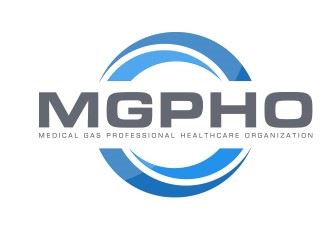Table
Section #5.1.11 The normal pressures for Oxygen are 50-55 psig.
So, 50 is normal, 51 is normal, 52 is normal,
53 is normal, 54 is normal and 55 is also normal
and within the standard code requirement.
WE SEE THIS EVERYDAY
Now:
Section #5.1.9.3.2 Is the requirement for the area alarm 20% increase and decrease set points from the normal line pressure. That is the 50-55 psig range. COOL
Numbers:
Section #5.1.8.1.4 The accuracy of the digital indicators in the area alarm panel can be off scale by (+ or - 5 percent) of the operating pressures.
GOT TO LOVE THE NUMBERS
JUST A THOUGHT :
If a hospital has 50 area alarm panels and you do an annual on August 31 and the
oxygen line pressure is 50 psig, the alarm set points are 40 and 60 psig.
All is good right?
Now on September 01 the hospital has a procedure to rotate the final line regulators each month and that regulator is set for 53 psig.
Which is totally normal per #5.1.11.
So are you going to tell hospital to go back and to all 50 alarms and re-set the hi and low set point? Remember to take in to account the + or - 5% differential at the area alarm digital read out.
Is the hospital ready out of compliance ?
Are the patient ready in danger ?
Is the equipment ready going to fail ?
Are their any real mortality or morbidity case studies on this ? (i.e. a white paper)
Conclusion In my opinion only.
A oxygen system that is within the normal ranges of 50 to 55 psig,
with the area alarm set at 40 psig low and 60 psig high is acceptable.

